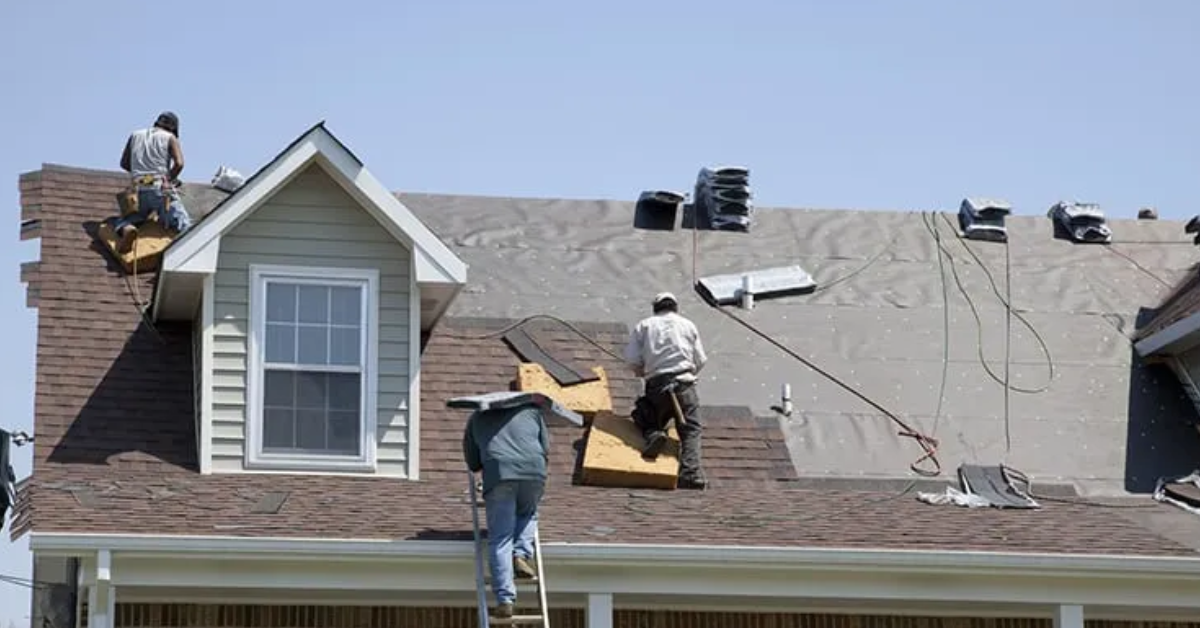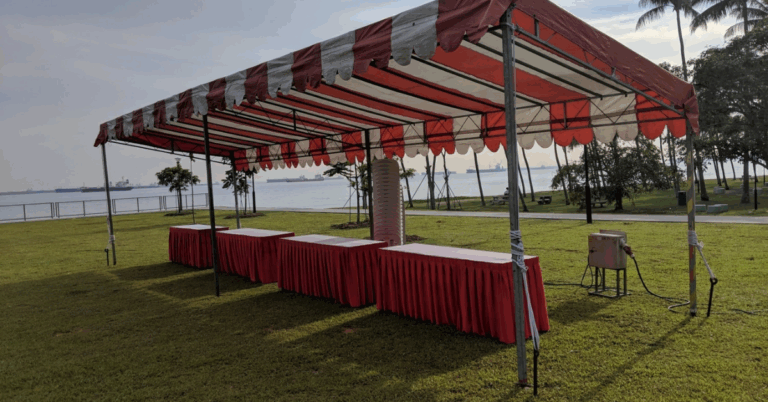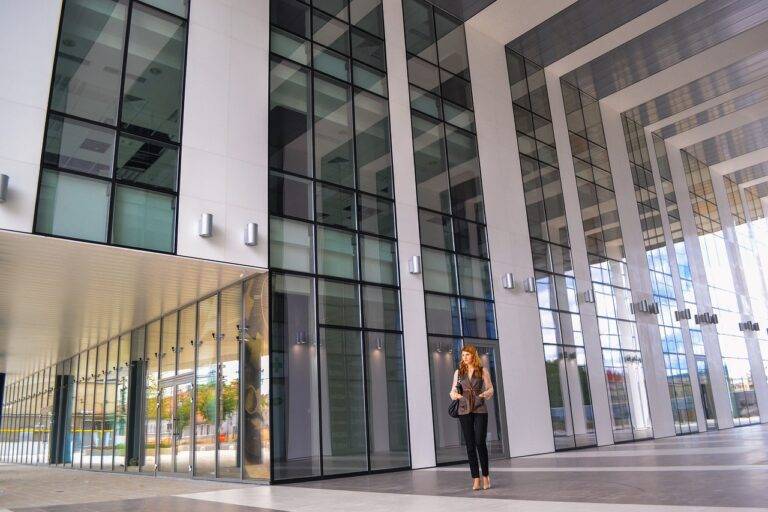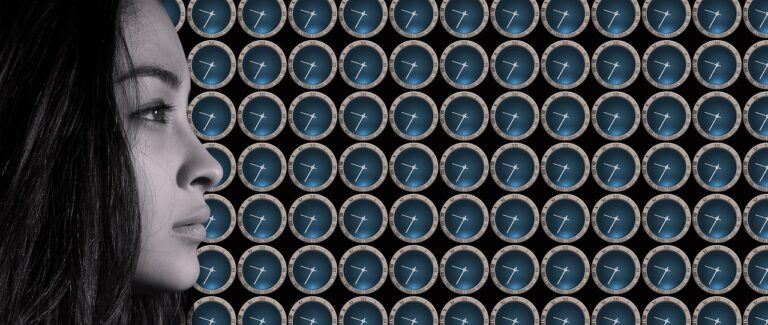Bronx Roof Washing: Why It Matters and How to Do It Right
When it comes to maintaining a home or building in the Bronx, one of the most overlooked chores is Bronx Roof Washing. Yet this simple task can have profound impacts on a structure’s longevity, aesthetics, and overall health. Roofs in urban environments like the Bronx are frequently exposed to pollutants, moss, algae, bird droppings, and airborne grit. Over time, these contaminants accumulate, trapping moisture and accelerating deterioration. A thorough roof wash removes that layer of grime, restores curb appeal, and helps avoid more costly repairs later.
In this article, we’ll explore what Bronx roof washing involves, why it’s essential, how to carry it out (or hire a pro), safety considerations, and how it ties into related exterior maintenance tasks.
1. What Is Roof Washing?
Roof washing refers to the process of cleaning a roof’s surface to remove dirt, algae, moss, lichen, mildew, and other debris. Unlike simple rinsing or pressure-washing, proper roof washing often involves:
-
Gentle cleaning agents that are safe for shingles, tiles, or metal.
-
Low-pressure spraying or soft-wash techniques that minimize damage.
-
Manual brushing or scrubbing in sensitive or stubborn spots.
-
Rinsing and removal of all residual cleaning agents.
The goal is to restore the roof surface to a clean, functional state without harming its material or compromising its integrity.
2. Why Bronx Roof Washing Is Vital
Here are several reasons why regular roof washing is especially important for buildings in the Bronx and similar urban settings:
A. Prolong Roof Life
Accumulated organic growth (moss, algae, lichen) holds moisture against roofing materials. That constant dampness can result in premature deterioration, peeling of shingles, or degradation of waterproof coatings. Removing it helps roofs last longer.
B. Prevent Structural Issues
When moss or plants root into the roof surface, or debris clogs valleys and gutters, water has fewer routes to drain properly. This can cause leaks, water infiltration, or damage to underlying structures. A clean roof helps ensure water flows off properly.
C. Enhance Appearance & Curb Appeal
A roof covered in stains, dark streaks, or growth looks old and neglected. A clean roof can rejuvenate the appearance of a home or building and increase perceived value.
D. Prevent Secondary Damage
Roof wash runoff often ends up in gutters, downspouts, or the ground near walls. If not addressed, the contaminants can degrade gutters, siding, or landscaping. Roof washing often goes hand in hand with gutter and exterior cleaning.
E. Health & Safety
Mold spores, algae, and mildew aren’t just cosmetic issues. They can gradually affect air quality and even settle into other exterior surfaces. Removing them reduces the overall microbial load.
3. Best Practices for Bronx Roof Washing
To get the most out of roof washing while ensuring safety and effectiveness, follow these best practices:
A. Inspect Before You Wash
-
Check for damaged, loose, or missing shingles/tiles.
-
Identify any flashing or skylight areas that need special attention.
-
Observe whether moss or algae is concentrated in shaded or north-facing spots.
B. Choose the Right Cleaning Solution
Commonly used agents include sodium hypochlorite (bleach), hydrogen peroxide, or specialized roof-cleaning formulations. The key is to pick something strong enough to kill organic growth but gentle enough to not erode roofing materials or damage surrounding vegetation.
C. Use Soft-Wash or Low-Pressure Methods
High-pressure washing can damage shingles, lift edges, or drive water under overlapping layers. Soft-wash systems—using a low-pressure pump and gentle nozzle are safer and more effective in many cases.
D. Work in Sections & Use Foaming Application
Applying foam or gel form of cleaners helps them cling to surfaces longer, allowing better penetration into stains or biological growth. Working in smaller sections helps maintain control and ensure even cleaning.
E. Rinse Carefully & Thoroughly
After dwell time, rinse from the top down. Avoid back-spraying or undercutting shingles. Use wide fan nozzles to distribute water evenly and gently.
F. Protect Vegetation & Surroundings
Pre-wet shrubs, plants, and landscaping to dilute chemical exposure. Use tarps or covers on vulnerable surfaces or delicate plants, and avoid runoff pooling near foundations.
4. When to Wash Your Roof
Several factors influence how frequently roof washing is needed:
-
Shaded areas tend to accumulate more growth and may need cleaning more often (annually or biannually).
-
Tree cover can drop debris, seeds, and moss spores onto roofs, accelerating growth.
-
Urban pollution in the Bronx particulates, soot, and grime may make roofs dirty more quickly than in rural settings.
-
Roof material: Some materials resist staining or growth more than others.
As a general guideline, a roof inspection every 1 2 years is wise, with washes scheduled as needed.
5. Safety Precautions & Considerations
Roof washing involves inherent risks. Here are safety measures to reduce hazards:
-
Wear proper gear: non-slip footwear, gloves, goggles, harness (for steeper slopes).
-
Ladder safety: secure base, angle placement, and a spotter if possible.
-
Beware of fragile materials: older roofs, slate, or delicate tiles may crack under weight.
-
Review local regulations: stormwater runoff may be regulated in NYC; disposing of chemical runoff may require care.
-
Check weather conditions: pick dry, overcast days to avoid sun damage or runoff evaporation too fast.
-
Work methodically: avoid overreaching or abrupt moves at heights.
If in doubt, hiring a professional with experience in Bronx roof washing is often the safer and more effective route.
6. Integrating Roof Washing with Other Exterior Maintenance
Roof washing doesn’t act in isolation. To maintain a truly healthy exterior, it should be coordinated with:
A. Gutter Cleaning
Clogged gutters exacerbate roof problems. Debris from roof cleaning often flows into gutters, so cleaning them before or after the wash keeps the drainage system clear.
B. Siding & Wall Cleaning
Moss, algae, and dirt on siding should also be addressed to prevent reinfestation. Soft cleaning of walls complements the roof wash and gives a clean uniform exterior.
C. Downspout & Drain Maintenance
Ensure the full drainage system can carry runoff away from the foundation. Blocked downspouts or disconnected drainpipes can lead to water pooling around the building.
D. Roof Inspection & Minor Repairs
After cleaning, inspect flashing, vents, and ridge caps. Replace cracked sealants or tighten fasteners. A clean surface makes issues easier to spot.
E. Preventive Treatments & Sealants
Applying algaecides or protective coatings can slow down future growth. Ensure compatibility with your roof material and ensure these treatments are safe for the local environment.
7. Hiring a Professional vs. DIY
Pros of Hiring a Pro
-
Experience & equipment: trained technicians know roof types, chemical mix ratios, and safe techniques.
-
Liability & insurance: professionals often carry insurance which protects your home and the workers.
-
Efficiency & thoroughness: professionals clean faster and more uniformly.
-
Compliance with local rules: pros are likely aware of guidelines for runoff, chemical disposal, etc.
When DIY Might Be Viable
-
Your roof has low pitch and is easily accessible.
-
You have some experience with pressure-washing or roof work.
-
The job is small or spot-cleaning in nature.
If you choose DIY, start small, ensure safety, and follow all best practices cited above.
8. Realistic Cost Expectations (Bronx Context)
The cost of Bronx roof washing can vary quite a bit depending on factors like:
-
Roof size (square footage)
-
Roof pitch and height
-
Condition (extent of staining or growth)
-
Access difficulty (obstructions, trees, steepness)
-
Materials (e.g., asphalt shingle, tile, metal)
While prices vary regionally, you should budget for labor, cleaning agents, safety equipment, and any additional protective measures. Getting several estimates from local pros is wise.
9. A Sample Roof-Washing Process
Here’s a step-by-step sample workflow:
-
Pre-inspection: note damaged areas, plan approach.
-
Gutter cleanup: clear leaves and debris so water has a free path.
-
Protection setup: cover plants, pre-wet foliage, set drip protection.
-
Mix cleaning solution: as per manufacturer’s guidelines.
-
Apply foam or spray sectionally: allow dwell time (10 20 minutes).
-
Loosen buildup: use soft brushes if needed, especially in valleys or low spots.
-
Rinse carefully top-down: wide fan spray, no high pressure.
-
Final check: look for streaks, rewash small spots if needed.
-
Inspect flashings, vents, etc.: make minor repairs immediately.
-
Apply maintenance treatments: algaecide or slow release agents if desired.
-
Clean up runoff debris: ensure gutters and grounds are clear.
10. Conclusion: Keep Your Roof Healthy in the Bronx
In a borough like the Bronx, where urban pollutants, shade, and weather conspire against building exteriors, Bronx roof washing is an essential preventive maintenance task. Doing it well extends your roof’s life, protects your investment, and improves both appearance and performance. Pair roof washing with gutter cleaning, exterior wall care, and routine inspections, and you’ll safeguard your property against much bigger issues down the line.







